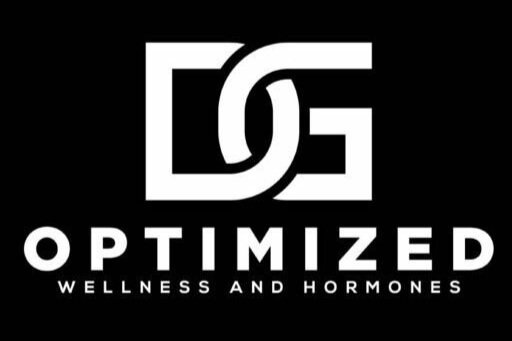Empower your body's fight against cardiovascular disease with estradiol
There's a captivating narrative woven into the complex world of women's health, especially when it pertains to the transitional phase of menopause. One pivotal study, published in Menopause in 2005, serves as a beacon, highlighting the unforeseen advantages of estradiol therapy. Let's delve into the crux of this study and unravel the nuances behind its findings.
It's no secret that the human body is a tapestry of interconnected systems. When one thread is tugged, multiple facets resonate. Such is the story with estrogen's role in postmenopausal women. The study titled, "Determinants of the effect of estrogen on the progression of subclinical atherosclerosis: Estrogen in the Prevention of Atherosclerosis Trial," unpacks a plethora of insights.
To the uninitiated, atherosclerosis might sound like medical jargon, but in layman's terms, it's the hardening and narrowing of the arteries. This process can stealthily burgeon, often termed as 'subclinical atherosclerosis', culminating in catastrophic cardiovascular events. Hence, its prevention remains paramount, especially in the vulnerable cohort of postmenopausal women.
But what's the connection between estrogen and atherosclerosis? That's where the magic of the aforementioned study unfurls. Three pivotal findings emerged from the research:
Carbohydrate Metabolism Markers: The study illuminated that women on estradiol therapy witnessed significant improvement in markers linked with carbohydrate metabolism. Specifically, there were marked decreases in fasting glucose, insulin, and hemoglobin A1C levels. In parallel, insulin sensitivity took an upward swing. This essentially hints at the potential of estradiol in modulating the body's sugar processing mechanisms, a fundamental component in atherosclerosis' narrative.
Lipid Profile Enhancement: The potency of estradiol didn't stop at carbohydrate metabolism. It also nudged the lipid profile in a favorable direction. The therapy ushered in an elevation in HDL-cholesterol (often regarded as 'good cholesterol') and a decline in LDL-cholesterol ('bad cholesterol'). In the grand schema of heart health, these shifts are nothing short of monumental.
Carotid Intima Media Thickness (CIMT): A technical term, but profoundly critical in gauging atherosclerosis's progression. The study spotlighted that estradiol therapy decelerated the progression of CIMT in postmenopausal women. In essence, this suggests a direct protective effect against the ominous shadow of atherosclerosis.
At the intersection of menopause and heart health, estradiol emerges as a potential sentinel. This study not only emphasizes its multidimensional benefits but also beckons further research in this direction. As we navigate the labyrinth of women's health, such revelations act as guiding lights, reminding us that the keys to unlocking better health often lie in unexpected quarters. Jason & Rita...aka Dr. De Leon and Dr. Gillespie; your Optimized Wellness team!
